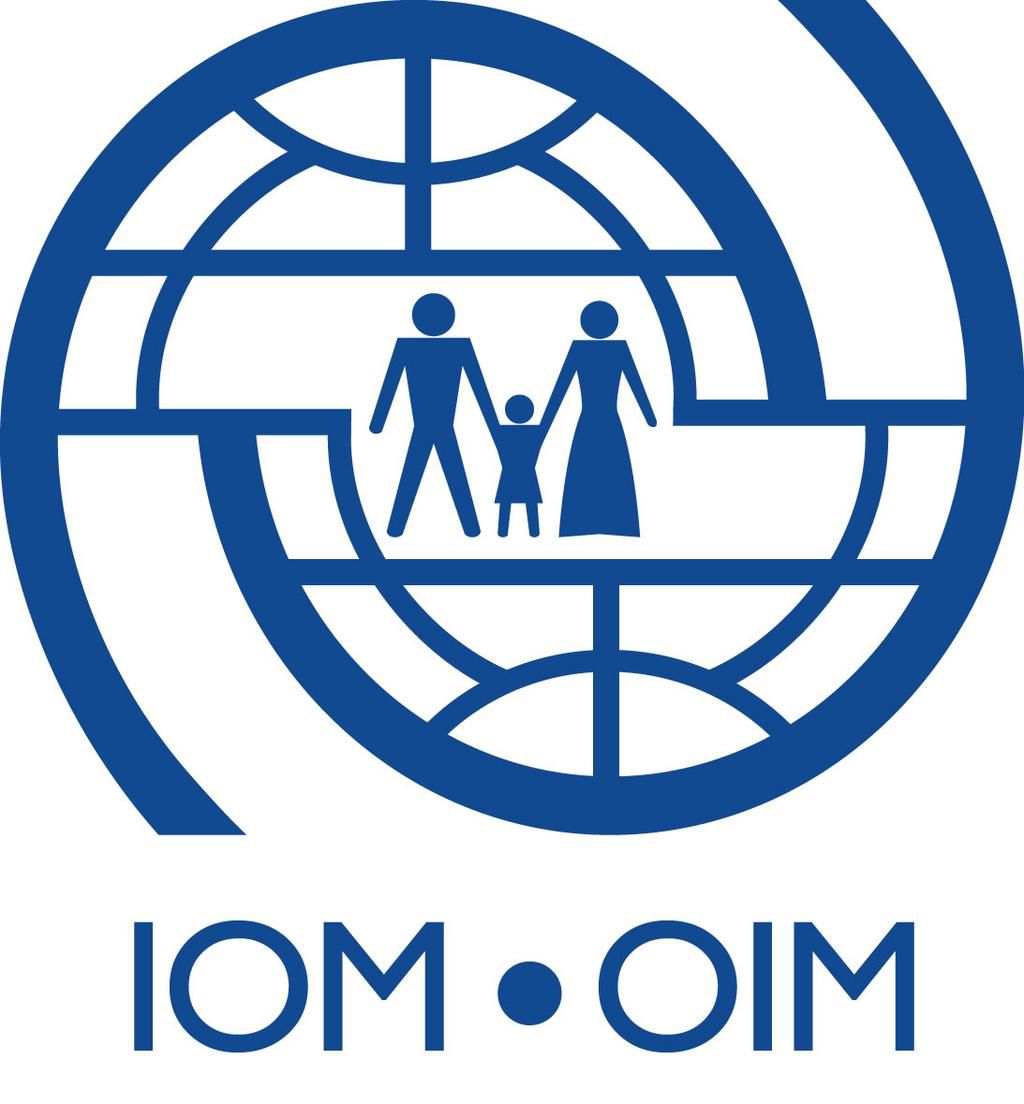Community Conversations with a Message: To Change Lives
)
It’s mainly men, with a few women and even fewer youth. The local chief is also present, and so are local politicians.
In no time – with about 30 people in attendance – the community conversation facilitator, guided by the government-approved community conversation manual, announces the topic for the day: identifying assets–such as land–to establish livelihood opportunities for potential migrants and returnees.
Welcome to Ethiopia’s ‘community conversation’programme, established 10 years ago as a partnership between the International Organization for Migration (IOM) and the federalgovernment of Ethiopia.
With a population of over 100 million, Ethiopia is the largest migration-sending country in the Horn of Africa. Many of its citizens are also at risk of human trafficking and smuggling as they seek opportunities abroad.
In the country’s far flung rural areas–such asGolchoBoye–where many residents do not even have access to radio or TV, the community conversationprogrammeis going a long way in mitigating the risks of irregular migration.
The initiative has been so meaningful that it has expanded to many more of the country’s districts.To date it has reached more than 2,000kebeles(or local districts) out of around15,000 kebelesacrossEthiopia.An estimated 2 million community members reside in those target communities.
Further endorsement of theprogrammecame in February 2019 when IOM Ethiopia launched another phase of the initiative, funded by the government of the Netherlands, to scale-up the community conversations to an additional 800 districts.
The enhancedprogrammecould not have come at a better time. Ethiopia has just lifted a ban onlabourmigration to four countries in the Middle East following a series of bilateral discussions and agreements to make it safe for migrants.
Speaking at the launch of the enhancedprogramme, the Netherlands’ ambassador in Ethiopia Bengt vanLoosdrechtsaid: “One of the lessons (learnt) is the need to improve access to protection systems and viable livelihood alternatives to irregular migration. It is not the information as such that makes a difference, it is the way the community takes up the matter,taking into accountall relevant factors and looking for solutions, such as livelihoods.”
Through the collaboration between IOM and the Ministry ofLabourand Social Affairs (MOLSA), citizens in irregular migration-prone districts have been sensitized and assisted in exploring alternative livelihood options. Such districts are found across the country in Amhara, Oromia, Tigray, Southern Nations Nationalities and Peoples' Region (SNNPR) as well as in the country’s Somali Regional States.
Sessions are guided through the Community Conversation Manual, endorsed by the Ministry ofLabourand Social Affairs in 2014, the same year that theprogrammestarted.
The manual dwells on the risks of irregular migration, human trafficking including associated consequences of exploitation, as well as identifying feasible livelihood options, support with return and reintegration and other migration issues.
Last Saturday’s meeting inGolchoBoye was the second in the area this month. Discussion revolved around facilitating employment opportunities for unemployed youth and on the rehabilitation needs of returnees.
The head of the Directorate for OverseasLabourMigration at the Ministry ofLabourand Social Affairs, Mr.BirhanuAberra, said: “The community conversation initiative is one example which demonstrates that joint resource mobilization has the potential to overcome the challenges through home-grown solutions. We need to continue encouraging collective responsibility through strengthened community mobilization.”
Also speaking at the occasion, Maureen Achieng, IOM Ethiopia’s Chief of Mission and Representative to the AU, ECA and IGAD, said: “Community Conversations is not only about making vulnerable communities aware of the risks of irregular migration, but also aims to empower its members to take ownership in identifying solutions to the problem, such as taking protection measures and the identification of local resources to offer employment opportunities to the youth.”
Achieng emphasized: “While one cannot pretend to be stopping irregular migration, there is room for improvement in ensuring that people make informed migration decisions and consider the full extent of their options at home.”
Distributed by APO Group on behalf of International Organization for Migration (IOM).
Media files

Download logo
)
)
)
)
)
)